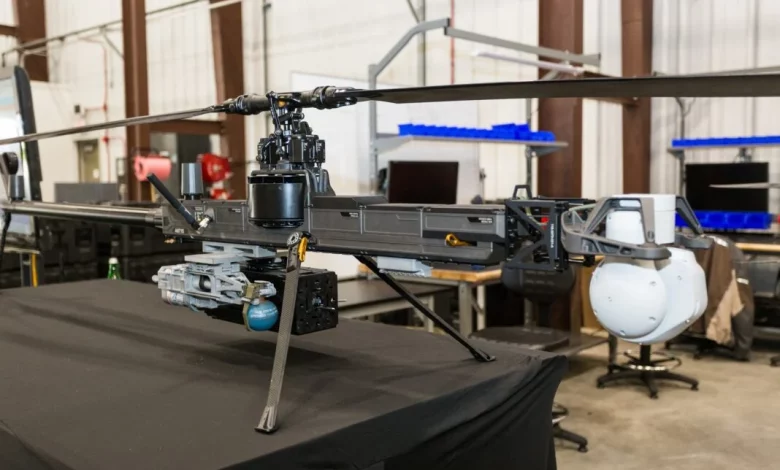U.S. Army develops standardized kit for armed drones

The U.S. Army Combat Capabilities Development Command (DEVCOM) Armaments Center is pioneering a new generation of modular lethal payloads for unmanned aerial systems (UAS), aiming to deliver faster, safer, and more cost-effective solutions for America’s warfighters.
For decades, the Armaments Center has played a key role in advancing safe and decisive lethality technologies, including the creation of the widely adopted Picatinny Rail. Now, the same rigorous design processes are being applied to lethal UAS (L-UAS) systems, which are seen as critical for modern battlefield dominance.
A cornerstone of this effort is the Picatinny Common Lethality Integration Kit (CLIK), a standardized interface that allows lethal payloads to be seamlessly paired with UAS platforms. The CLIK specification defines mechanical, electrical, and safety architectures to eliminate costly “vendor lock” scenarios and simplify integration across platforms.
“This ensures a rigorous, yet flexible, process for evaluating, qualifying, procuring, and ultimately fielding safe and effective weaponized UAS payloads to the Joint Force,” said Bhavanjot Singh, acting Executive Director of the Weapons and Software Engineering Center. “When we solicit industry for a capability, we will be providing Picatinny CLIK technical data so industry can focus on providing lethal capabilities without worrying nearly as much about integration.”
The Armaments Center has already demonstrated several modular UAS payloads with Army units. These include AUDIBLE, which enables drones to drop munitions such as M67 grenades, and Shank—formerly known as Project Shiv—which equips first-person view (FPV) drones with an explosively formed penetrator warhead for one-way attack missions.
In February, Shank played a key role in the Army’s first live-fire training exercise using FPV drones at Grafenwoehr Training Area in Germany.
“Not everything has to be high-tech solutions,” said Anthony Sebasto, Executive Director of the Munitions Engineering and Technology Center. “Existing technologies can be integrated to provide a new capability or new application driving more affordable solutions for the Warfighters.”
The center is also scaling its Gunslinger aviation fire control system for UAS platforms, enabling precise targeting of droppable munitions and direct-fire weapons even as the drone maneuvers. Additionally, the team has developed a lightweight 5.56mm low-recoil direct-fire weapon and associated fire control optimized for drone use.
Safety remains a priority, with the Armaments Center applying MIL-STD-1316-compliant fuze technologies to ensure lethal payloads can operate securely in complex environments.
Collaboration with industry is central to the effort. Through Cooperative Research and Development Agreements (CRADAs), UAS manufacturers and payload developers are providing feedback on CLIK specifications and working jointly with the Army to accelerate fielding.
“Industry has leveraged Armaments Center-developed warheads and fuzing solutions—often where no alternative existed—with great success,” Sebasto said.





